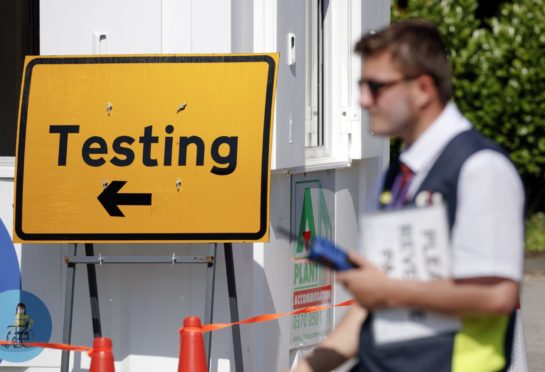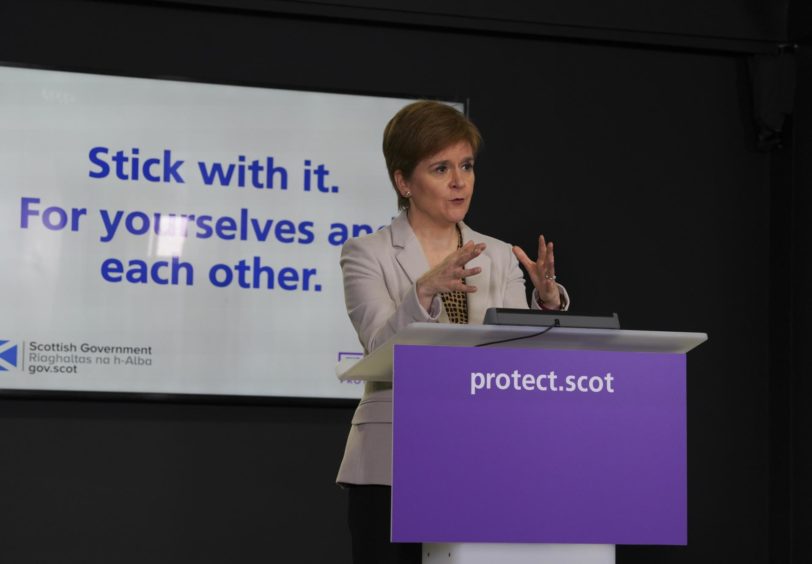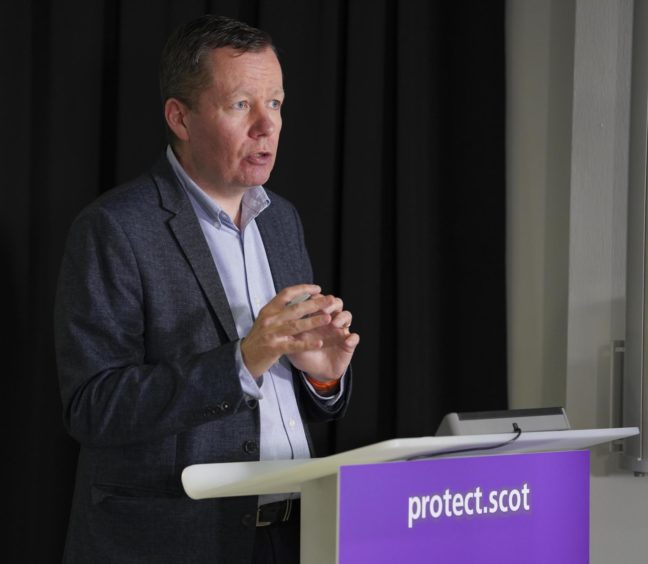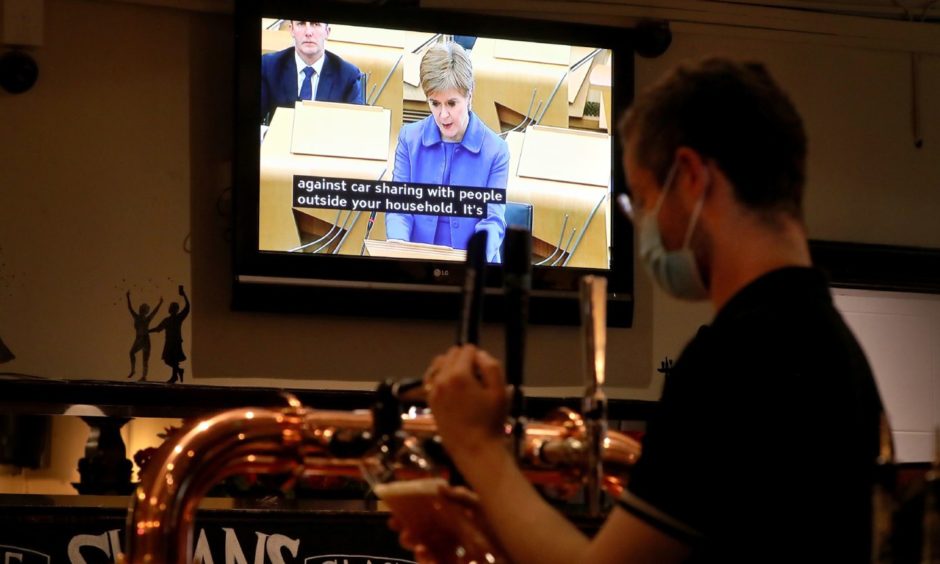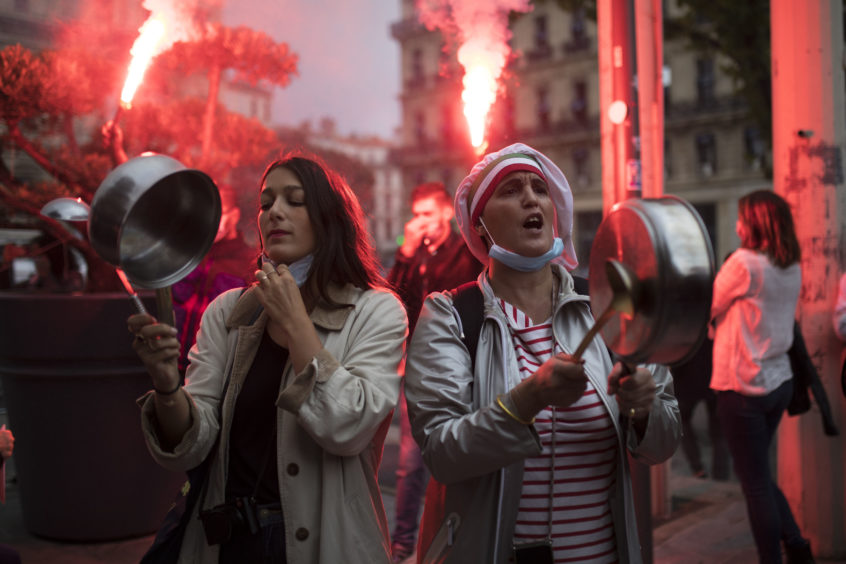Tougher restrictions are on the way for Scotland today as the country battles to slow the spread of coronavirus.
First Minister Nicola Sturgeon will announce the new measures during an address to the Scottish Parliament at 2.50pm.
There has been a lot of speculation about how far these new restrictions will go, but so far most of the information made public has been about what not to expect.
There will be no national travel ban, schools will only close for the October holidays and people will not be told to stay at home.
Today’s announcement will follow a cabinet meeting this morning when details of the new restrictions will be decided.
The first minister has described the situation as “the most difficult decision point we have faced so far” if Scotland wants to suppress the virus ahead of winter and she admitted the wider harms of lockdown “weigh very heavily on her”.
She said during yesterday’s briefing: “We are not going to ask you to stay inside your own homes the way we did in March.
“And while we have been asking people to think carefully about non-essential travel, and while restrictions on travel may sometimes be an option and necessary for hotspot areas, we are not about to impose restrictions on the whole of the country.
“We are not about to shut down the whole economy or halt the remobilisation of the NHS. And apart from the October holidays, we are not proposing to close schools even partially.”
Ms Sturgeon’s announcement will not be the only big development at Holyrood today.
Following her statement, education secretary John Swinney will update MSPs on plans for school exams in Scotland next year.
What could some of the new restrictions be?
Yesterday’s briefing with Ms Sturgeon and national clinical director Jason Leitch went some way to easing fears about another full lockdown.
But the harshest measures appear to have been ruled out, with the pair outlining the potential harm that another national lockdown could cause to the economy and people’s mental health.
Measures were introduced last month that banned people from visiting other homes and put stricter limits in place for outdoor meetings.
There was also a 10pm curfew imposed on pubs and restaurants.
CEO Emma McClarkin said the prospect of further restrictions was “filling our sector with complete dread” and across Scotland many pub operators would be “unable to sleep for fear of what will happen to their business and their staff”.
The situation has become particularly severe in the central belt but Ms Sturgeon was keen to stress yesterday that cases are on the rise across the country.
That could suggest that today’s new restrictions will be targeted at “hotspot” areas with high levels of Covid-19.
Many more remote areas have seen far fewer cases and have questioned the need for any new rules to apply to them.
What are other European countries doing?
Two people died and a further 800 positive coronavirus tests were recorded overnight into Tuesday in Scotland, representing 13.2% of those newly tested.
The number of people in hospital increased by 44, while three more were in intensive care.
In the Republic of Ireland, there have been several local lockdowns. Dining at indoor restaurants was banned on September 19 for a three-week period and all non-essential travel has been discouraged.
Visits to homes are limited to six visitors from no more than three households.
In France, bars and restaurants in 11 cities were ordered to close by 10pm last week.
In Marseille, they were completely shut for 15 days and in Paris, all bars that do not serve food closed yesterday for two weeks.
Roland Garros, the major tennis tournament held in Paris, has continued to allow a small number of fans into its matches despite the surge in cases in the city.
Belgium was the worst-hit country in the world based on its coronavirus mortality rate earlier in the year.
In the capital, Brussels, wearing a face mask is no longer compulsory in public areas. It is, however, “strongly recommended” in places where social distancing cannot be guaranteed.
Football fans have been allowed to return to stadiums, but only in small numbers and they must all wear masks.
